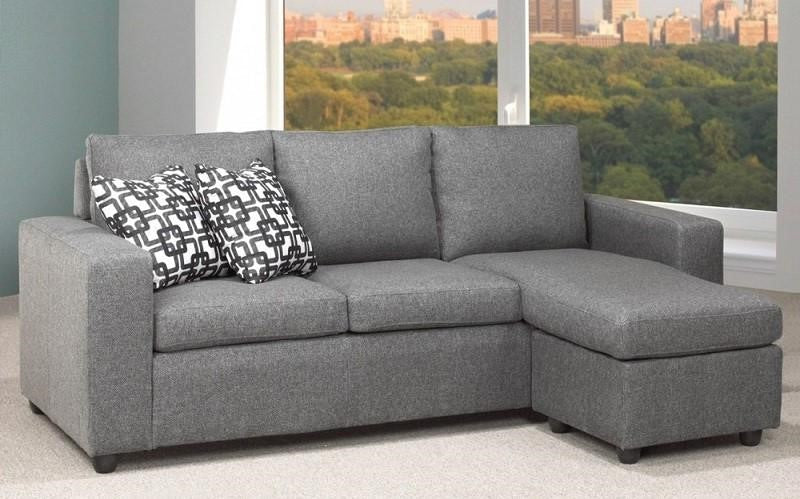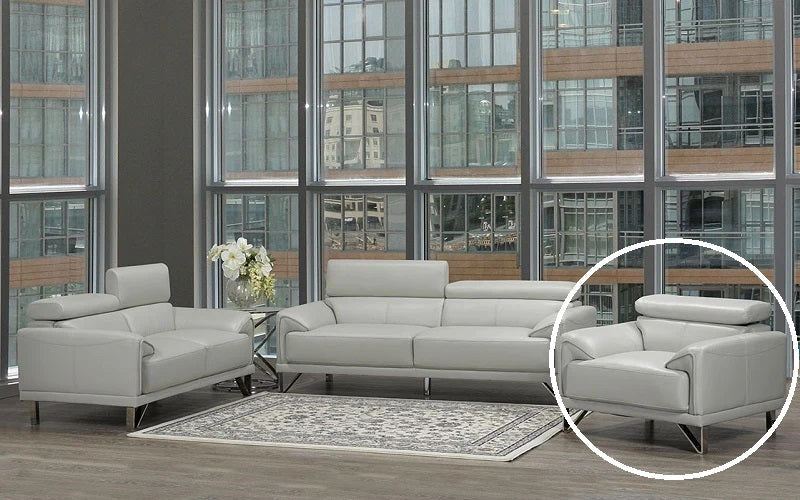A Comprehensive Guide to Arranging Bedroom Furniture

Arranging bedroom furniture effectively is more than just placing a bed against a wall and adding a few pieces around it. It's about creating a harmonious space that maximizes functionality, comfort, and aesthetic appeal. Whether you have a spacious master bedroom or a cozy small bedroom, the principles of arranging furniture can help you create a restful and organized environment. This comprehensive guide will walk you through the essential steps and considerations for organizing bedroom furniture.
Make an assessment of your space
Before moving any furniture, assess your bedroom. Measure the room's dimensions, including the location of doors, windows, and built-in features like closets. Note the natural light sources and how they might affect the placement of your furniture. Creating a floor plan on paper or using a digital tool can help you visualize different layouts.
The focal point should be determined
Every room benefits from a focal point that draws the eye and anchors the space. In a bedroom, the bed usually serves this purpose. Place the bed against a solid wall where it can be seen clearly upon entering the room. In smaller rooms, positioning the bed diagonally in a corner can create a focal point and make the space feel larger.
Furniture that is essential should be prioritized
The bed, nightstands, dresser, and wardrobe are the primary pieces of furniture in a bedroom set. Start by positioning the bed and arranging the other essential pieces around it. Ensure there is enough space to move comfortably around the room and access each piece of furniture easily.
Bed placement
Bed placement is crucial for both comfort and aesthetics. Ideally, place the bed on the longest wall without windows. This not only creates a balanced look but also ensures that you won't be disturbed by drafts or direct sunlight while sleeping. If your room has an awkward shape or multiple windows, consider placing the bed under a window with a sturdy headboard. This will provide support and insulation.

Nightstands
Nightstands should be placed on either side of the bed to provide symmetry and convenience. They offer a place to keep essential items within arm's reach, such as a lamp, alarm clock, or a glass of water. Choose nightstands proportionate to the size of your bed and room. For a cohesive look, match the nightstands with the bed frame or other furniture pieces.
Dresser and Wardrobe
A dresser can be placed against a wall that doesn’t interfere with the room flow. If you have a wardrobe, it’s best placed near the bed for easy clothing access. Ensure that drawers and doors open fully without obstruction. In smaller rooms, consider a tall dresser to save floor space.
Create functional zones
To make your bedroom a multifunctional space, consider creating different zones for sleeping, dressing, and relaxing.
Sleeping Zone
This area is primarily for beds and nightstands. Keep this zone uncluttered to promote rest. Use soft lighting and cozy textiles to enhance comfort.
Dressing Zone
If space allows, designate an area for dressing with a full-length mirror and a chair or bench. This can be near the dresser or wardrobe. A small rug can define this space and add warmth.
Relaxing zone
For those who enjoy reading or need a quiet place to unwind, consider adding a small seating area. A comfortable chair with a side table and a reading lamp can create a cozy nook. If space is limited, a bench at the foot of the bed can double as seating and storage.
Traffic flow should be considered
Traffic flow is essential to any room arrangement. Ensure there is a clear path from the door to the bed and other frequently used areas. Avoid placing furniture in a way that obstructs movement. A minimum of 24 inches of walking space around the bed is recommended for ease of access.
Utilize vertical space
Maximize storage and functionality by utilizing vertical space. Wall-mounted shelves, hooks, and tall bookcases can provide additional storage without taking up floor space. This is particularly useful in smaller bedrooms where floor space is limited.
Wall-Mounted Shelves
Install wall-mounted shelves above nightstands or dressers to display decorative items or store books and personal items. This keeps surfaces clutter-free and adds visual interest to the room.
Hooks and Racks
Use hooks and racks for hanging accessories, bags, or robes. These can be placed behind the door or on a side wall to keep items organized and easily accessible.

Give your space a personal touch
Once the furniture is arranged, add personal touches to make the space uniquely yours. Consider the following elements:
Bedding and textiles
Choose bedding that complements the room’s color scheme and adds comfort. Layering different textures and patterns can create a luxurious and inviting look. Throw pillows and blankets can add color and personality.
Lighting
Having proper lighting is essential in a bedroom. Combine ambient lighting with task and accent lighting to create a versatile and warm atmosphere. Bedside lamps, floor lamps, and string lights can add function and ambiance.
Artwork and decor
Decorate the walls with artwork or photos that reflect your style and interests. A large piece above the bed can serve as a focal point, while smaller pieces can be grouped together for a gallery effect. Plants and decorative objects can add life and character to the room.
In-depth adjustments
Evaluate the room after buying furniture and adding personal touches. Make any necessary adjustments to improve functionality and aesthetics. Sometimes, small changes like repositioning a chair or adjusting lamp placement can make a significant difference.
Final thoughts
Arranging bedroom furniture is a blend of practicality and creativity. By assessing your space, prioritizing essential furniture, creating functional zones, and adding personal touches, you can transform your bedroom into a comfortable and stylish retreat. Remember to consider traffic flow and utilize vertical space to maximize functionality. With thoughtful planning and experimentation, you can create a bedroom layout that meets your needs and reflects your personal style.




